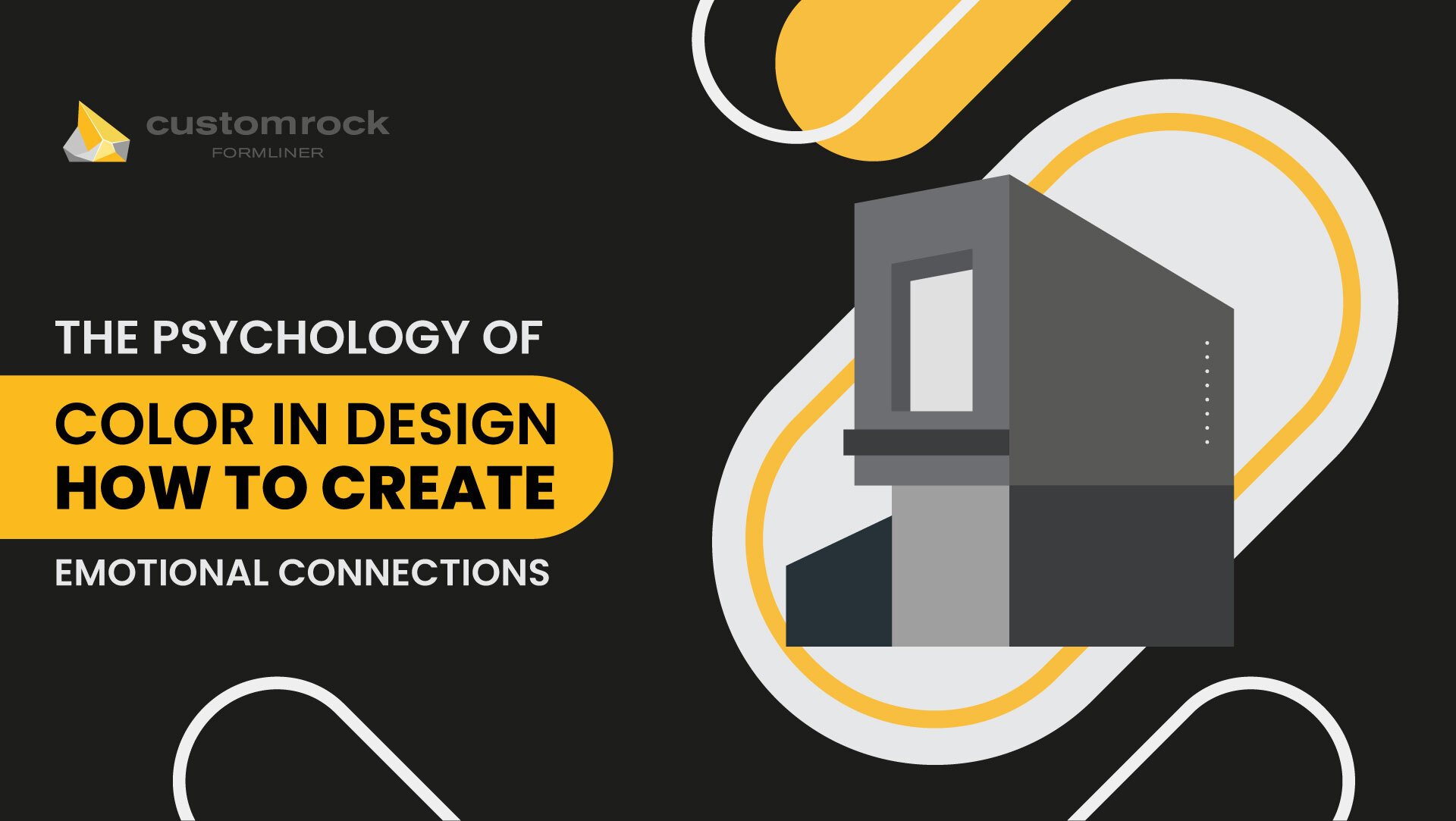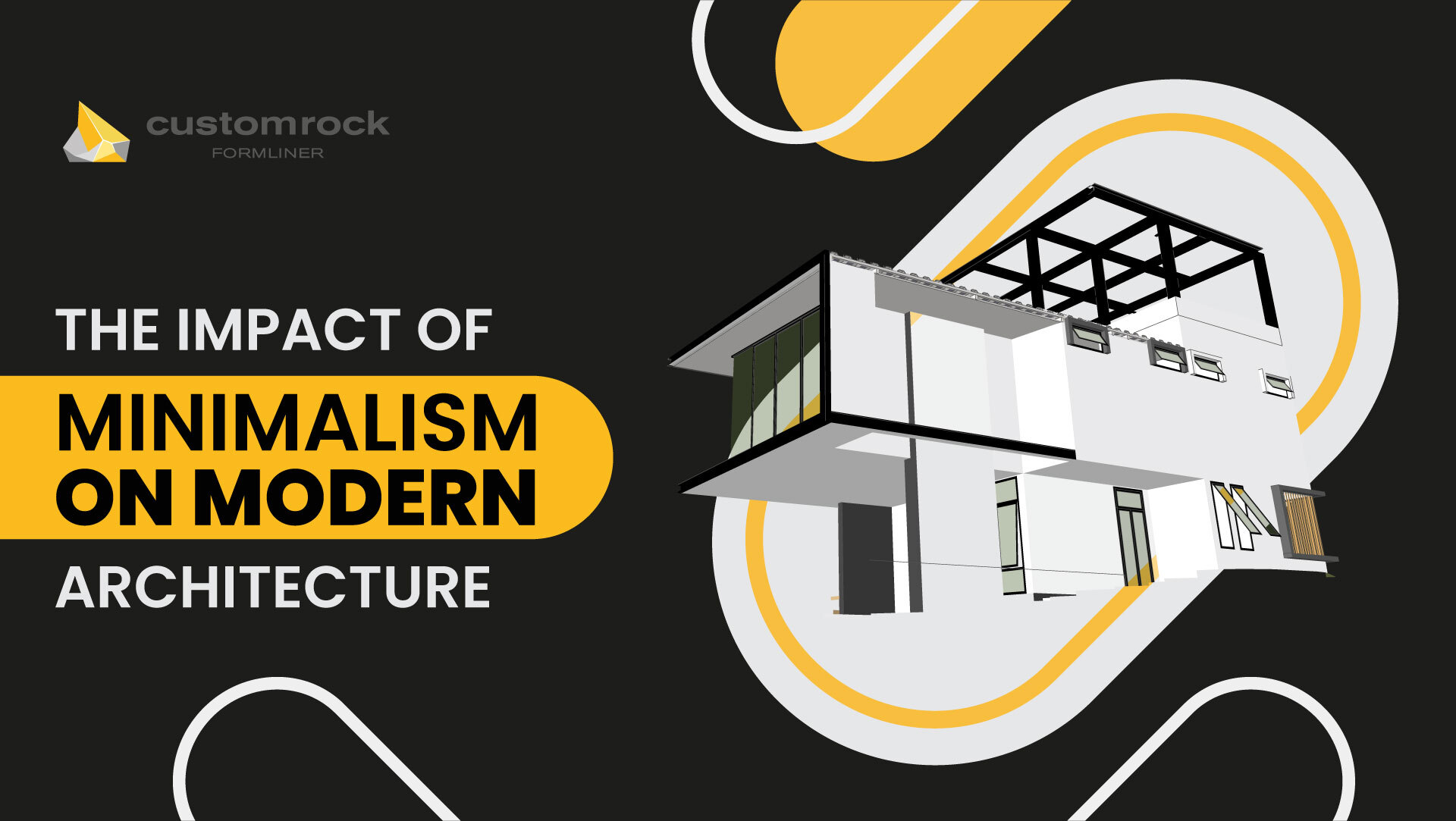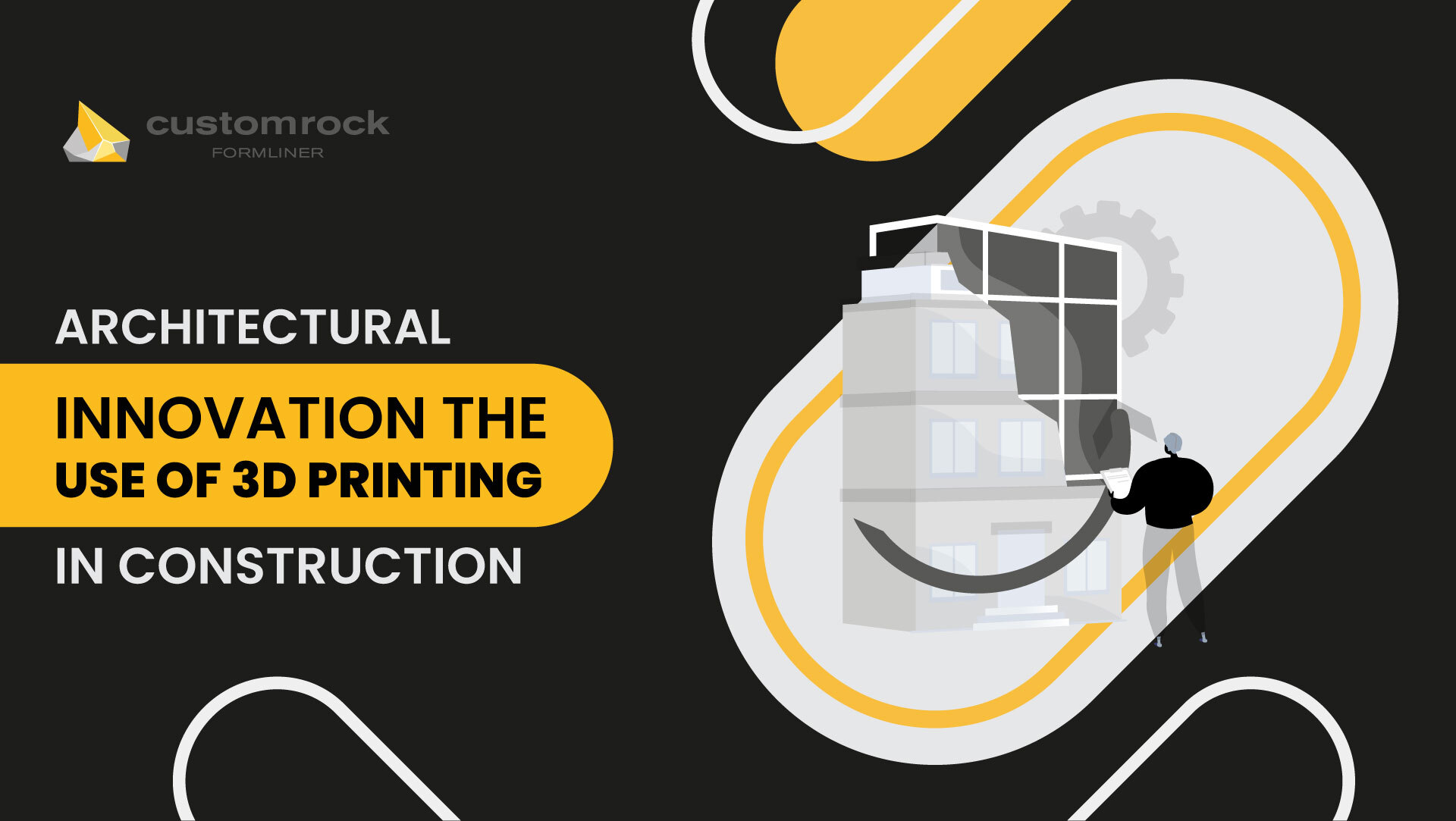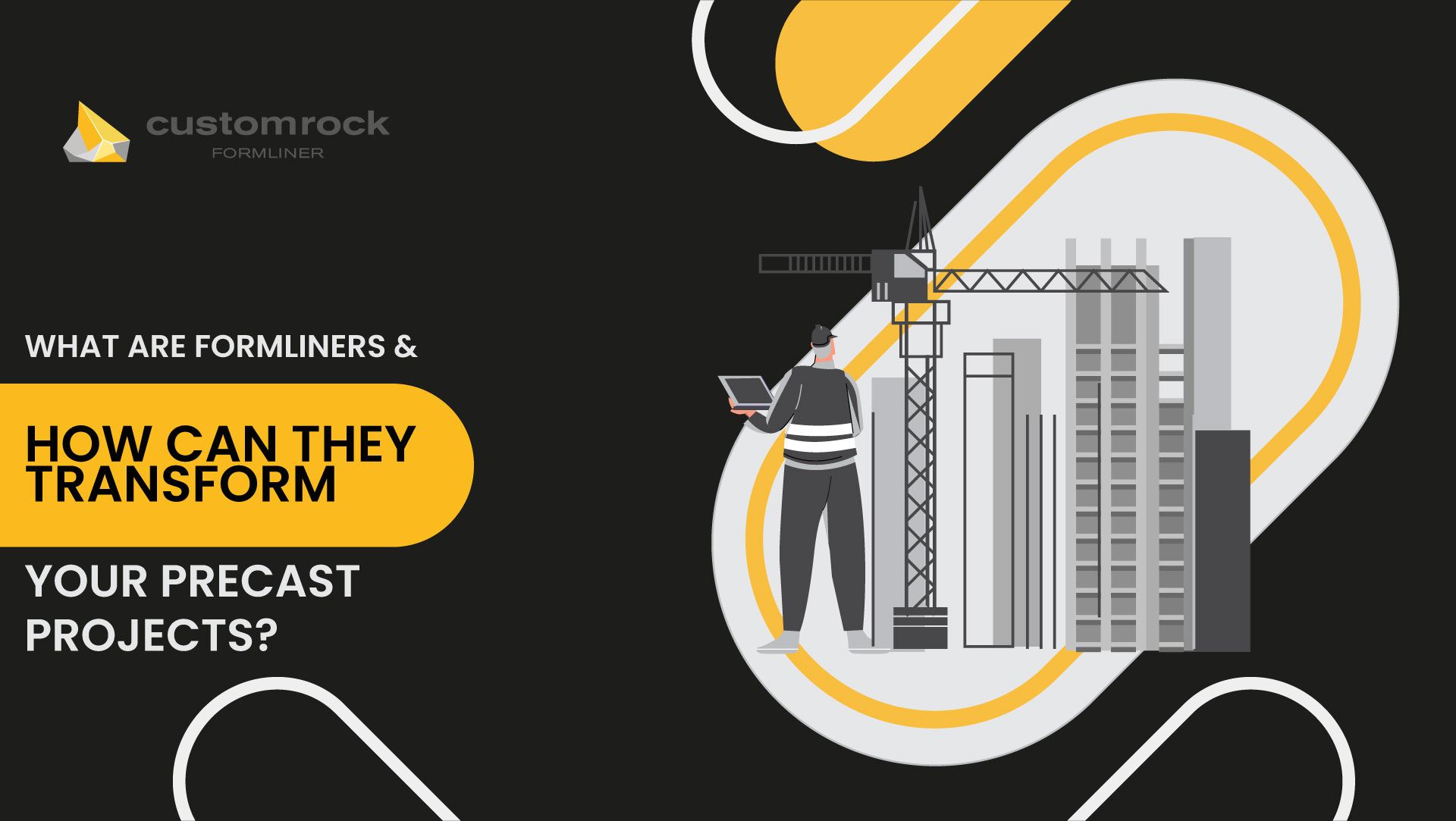Tl; Dr
Architectural formliners offer numerous benefits for construction projects. They are durable, cost-effective, and easy to install. Formliners can create unique patterns and textures that give a project a custom look.
In addition, they provide an added layer of protection against weathering elements, as well as improved sound insulation. When considering formliner use for a project, consider the material used and the environment in which you want to install it. With these considerations, formliners can be essential to any construction project.
Formliners are becoming increasingly popular among contractors and builders due to their versatility, durability, and cost-effectiveness. By using architectural formliners, projects have the potential to gain a unique look that stands out from the competition.
Formliners also provide an added layer of protection against weathering elements, such as rain and wind, and improved sound insulation. As they are easy to install and remove, formliners can reduce project downtime and save on labor costs.
Overview Of Architectural Formliners In Construction Projects
Architectural concrete formliners are used in construction projects such as urbanization and landscaping. They provide form and texture to surfaces of concrete or other building materials, lending them an aesthetically pleasing look. Formliners are available in various shapes and textures, including brick, stone, woodgrain, and geometric patterns.
This blog will discuss the different types of architectural formliners in construction and their uses in construction projects. We’ll also explore how formliners can enhance the appearance of a building or landscape and provide additional durability and protection to structures.

A Brief History Of Formliner Usage In Construction
Formliner has been used in construction for many years. The earliest formliner was made of wood and used to create molds for concrete surfaces such as walls or floors. This technology quickly advanced to include patterns and shapes incorporated into these molds.
In the 20th century, the usage of formliner expanded beyond just providing patterns or shapes and began to be used in various ways. It included creating decorative reliefs on walls and structural elements like beams and columns. Formliner was also increasingly utilized to create interior architectural features such as countertops, fireplaces, staircases, and more.
In recent years, the formliner has been used in many applications. Different materials like rubber, plastic, fiberglass, and even metal are now employed to create intricate shapes and patterns on walls or other concrete surfaces.
Purpose Of Using Architectural Formliners
Architectural formliners are an effective way to add visual interest to any building or structure. They can be used for interior and exterior walls, columns, ceilings, sidewalks, and other surfaces. Formliners allow architects and designers to create unique patterns, textures, shapes, and sizes that will give a project a unique look.
Formliner products also provide an easy way to add decorative elements and accents, such as logos or designs, without additional labor costs. With formliners, architects can create various stunning effects while still staying within budget constraints. The patterns and textures created with formliners provide a more exciting look than standard concrete work.
Benefits Of Using Formliners In Construction Projects
Using formliners has several benefits that make them worthwhile investments for any construction project.

Aesthetics
Variety Of Designs And Textures
Formliners can create beautiful designs and textures that add a unique element to any structure. From wood grain patterns to stone patterns, formliners are incredibly versatile in creating visually appealing layouts
Enhancing The Overall Look Of A Building
When combined with other design elements, formliners can help improve the overall appearance of a building. The patterns and textures they create give any structure an eye-catching look that draws passersby’s attention.
Durability
Long-Lasting Materials
Formliners are made of durable materials that can withstand harsh weather conditions and the wear and tear of daily use. Additionally, they come in a variety of finishes, so they can easily be customized to fit whatever aesthetic you’re going for.
Resistant To Weathering And Wear
Formliners are highly resistant to weathering and wear, as they are made of durable materials that can go through harsh weather conditions. Additionally, the finishes used on formliners make them easy to maintain and keep in good shape for years.
Cost-Effectiveness
Reduced Labor Costs
Formliners are designed to be easy to install and require minimal labor, which can help reduce the overall project cost. Additionally, formliners offer an economical alternative to traditional wood or stone finishes, as they can easily be created with less time and money.
Reusable Formliners
When properly cared for, formliners can be reused multiple times on different projects. It makes them an extremely cost-effective investment, as they can save you money in the long run by eliminating the need to purchase new materials each time a project is undertaken.
Time-Efficiency
Faster Installation
Formliners can also help speed up the building process, as they are designed to be easy and quick to install. It can lower labor costs and the overall project timeline, allowing for a more efficient construction process.
Reduced Construction Time
By using formliners, you can streamline the whole construction process. It not only reduces the amount of time it takes to complete a project but also cuts down on labor costs and waste.
Applications Of Architectural Formliners
Applications of architectural formliners in construction have become increasingly popular in the design world. Architects and designers use these versatile materials to create unique and eye-catching designs while adding texture, color, and an exciting dimension to their projects. These formliners can be used on columns, walls, steps, curbs, benches, and even street furniture.
Architectural formliners can be applied in various ways, including spray-on applications or hand-applied methods. It makes them highly versatile and enables architects to customize the look of any project they are working on.
Other applications include
Building Exteriors
In building exteriors, formliners can add texture, dimension, and color to a building’s exterior. They can also be used in various ways, from creating unique decorative accents on walls and columns to adding an exciting texture to railings or steps.
Urban Elements
Formliners can be applied to urban elements such as benches, curbs, street furniture, and other outdoor features. It adds a beautiful dimension to these elements and helps create a cohesive look for the surrounding area.
Interior Design
Formliners can also be used in interior design projects. These materials can add texture and dimension to walls, ceilings, columns, or other building areas while complementing the overall look. Also, formliners can create attractive designs on floors or countertops.
Landscaping
Architectural formliners can be used in landscaping projects to add texture and color. They can also create interesting patterns and textures on walkways, sidewalks, or other outdoor elements.
These are some ways that architectural formliners can be used to improve a space. Architects and designers should consider these applications when choosing formliners for their projects. With so many options available, they’ll be sure to find something that fits their needs and creates the desired effect.
Choosing The Right Formliner For Construction Projects
The formliner used in construction can significantly affect the look of any final project. Therefore, it is essential to choose the right formliner for each project. With a wide range of types available on the market, there are several factors to consider when selecting one.
Check Application
First and foremost, understand the kind of application the formliner will use. Different projects have different requirements, so choosing a formliner that meets those needs is essential. For example, precast concrete applications require a formliner with greater strength and durability than one used for architectural precast.
Material Selection
When choosing the right formliner for construction projects, consider the material used. Different materials can affect performance and durability, so select something suitable for your specific application.
Durability
Another factor to consider when selecting a formliner is the intended use and exposure of the project. If your construction project is exposed to harsh elements, choose a formliner designed for long-term durability.
Cost
Cost is significant when selecting the right formliner for your project. Consider the cost of materials and installation when making this decision.
The Right Fit
To ensure that you get the right fit, measure the area where you plan to install your formliner. Be sure to accurately measure both width and length before making a purchase.
Design Selection
Formliners come in various designs, so select one suitable for your project. Consider the style, texture, and color of the formliner when making this decision. Different formliners can be tailored to the needs of a project, so it is important to consider how exactly the formliner will need to look to meet the design goals.
If you are looking for an exact design, consider finding a custom formliner that suits your needs.
Quality Selection
Selecting a high-quality formliner that offers an attractive and long-lasting finish is important. Cheap options may initially seem more attractive but could cost more in the long run due to their lack of durability.
Installation Considerations
Installation can be time-consuming, and the installation process can vary depending on the type of formliner you select. Consider the complexity of your design and the time needed for installation when choosing a formliner.
Making the right choice when selecting an architectural formliner is vital to make sure that any construction project looks excellent and is the test of time. With these factors in mind, you can decide which formliner will work best for your project.
The Future Outlook for Formliner Usage In Construction
The Future Outlook for Formliner Usage in Construction is promising. With new technologies such as 3D printing and CNC machining, formliners are becoming easily accessible to builders and contractors. These advancements have made it possible for formliner designs to become more intricate and detailed than they could ever before.
The use of formliners will continue to grow as it offers builders and contractors an effective way of creating beautiful walls for commercial and residential projects. It provides a cost-effective solution compared to traditional building methods, and its long-lasting durability allows for lasting results.







